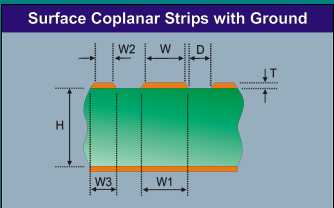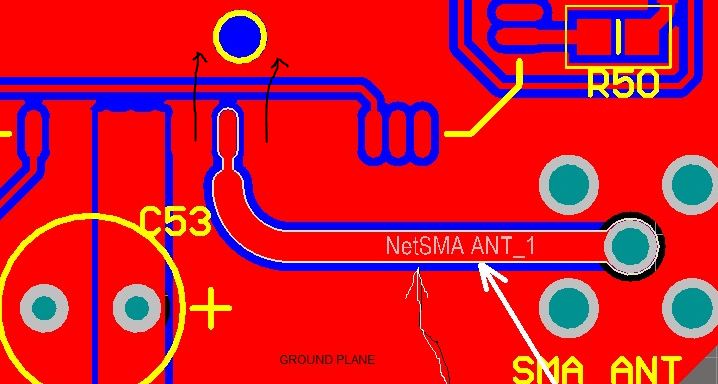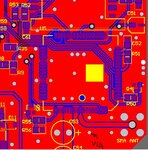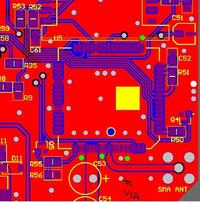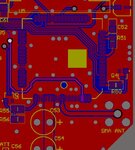DrBudz
Junior Member level 3

Hi friends,
I need help to design trace from module's RF pin to the SMA connector. Impedance of the SMA connector is 50ohm.
I want to connect GSM module SIM900 to SMA connector, and then to connect GSM antenna to SMA connector.
In SIM900 datasheet is written that the RF trace for the antenna pad should have 50ohm impedance.
Does that trace need to be 50ohm impedance if I use 50 ohm SMA connector?
How can I tune that trace to 50ohm impedance?
Is there any required distance between RF trace and ground plane?
It's a 2 layer board.
Here is the image of the RF trace from module to SMA connector
Top layer is red, bottom layer is blue.
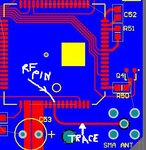
Thank you!
Best regards!
I need help to design trace from module's RF pin to the SMA connector. Impedance of the SMA connector is 50ohm.
I want to connect GSM module SIM900 to SMA connector, and then to connect GSM antenna to SMA connector.
In SIM900 datasheet is written that the RF trace for the antenna pad should have 50ohm impedance.
Does that trace need to be 50ohm impedance if I use 50 ohm SMA connector?
How can I tune that trace to 50ohm impedance?
Is there any required distance between RF trace and ground plane?
It's a 2 layer board.
Here is the image of the RF trace from module to SMA connector
Top layer is red, bottom layer is blue.

Thank you!
Best regards!


